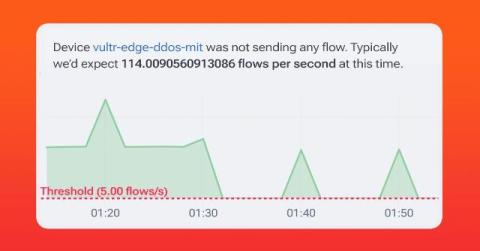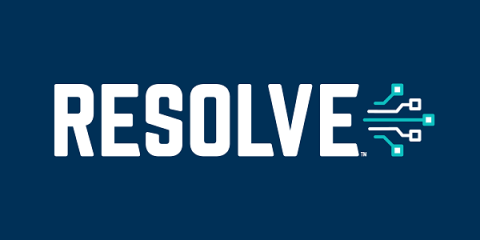How to Connect Equinix and Digital Realty
Connecting these two leading data center providers can supercharge your network efficiency. Here are three ways to do it. It doesn’t matter what size your business is – the ability to seamlessly transfer and manage data across multiple locations is crucial for uninterrupted productivity. A common use case network managers want to implement is connecting their Equinix and Digital Realty data centers.











